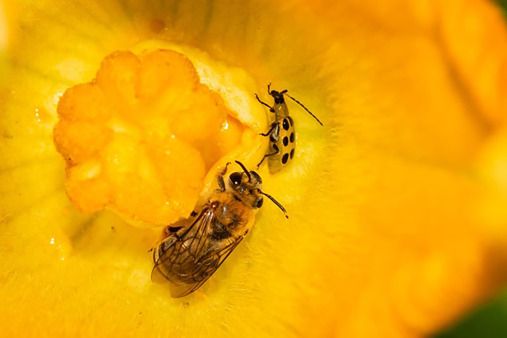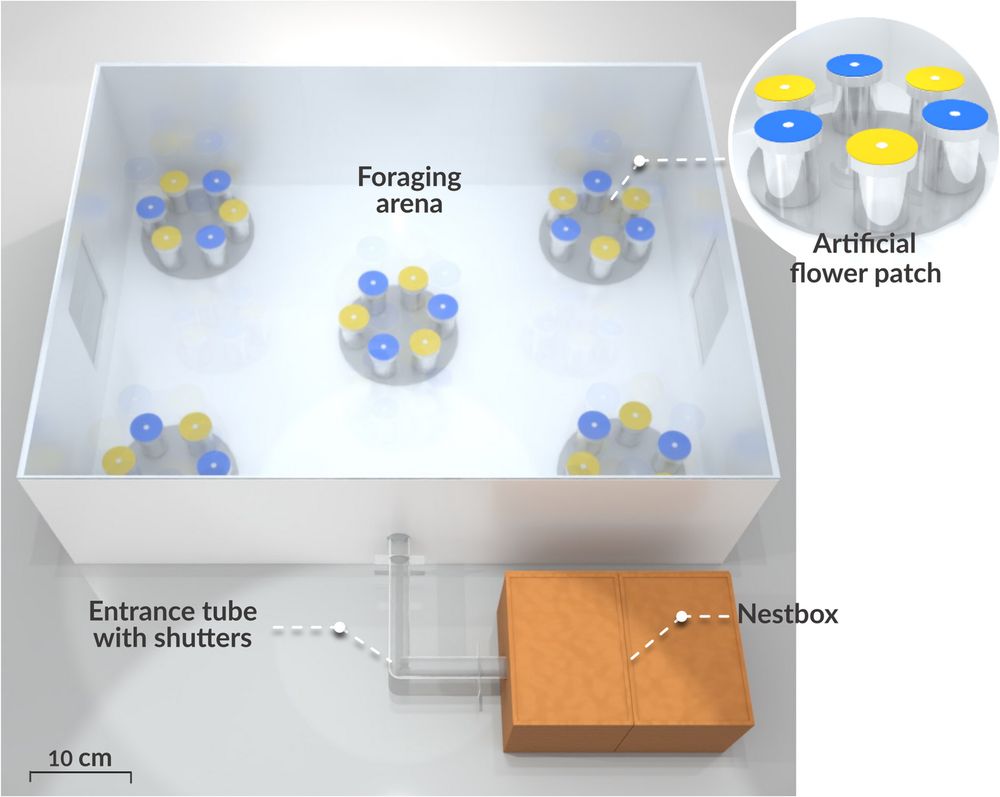Shubhra Sau
@shubhrasau007.bsky.social
8 followers
24 following
2 posts
Submitted PhD thesis. The goal of my study was persistence in color polymorphism in lizards. Interested to work on animals (preferably lizards) social behavior and cognition based on dorsal coloration and color patterns.
RG: Shubhra Sau
Posts
Media
Videos
Starter Packs
Reposted by Shubhra Sau
Reposted by Shubhra Sau
Reposted by Shubhra Sau
Reposted by Shubhra Sau
Reposted by Shubhra Sau
Reposted by Shubhra Sau
Reposted by Shubhra Sau
Reposted by Shubhra Sau
Reposted by Shubhra Sau
Reposted by Shubhra Sau
Reposted by Shubhra Sau
Reposted by Shubhra Sau
Reposted by Shubhra Sau
Reposted by Shubhra Sau
Reposted by Shubhra Sau
Reposted by Shubhra Sau

























